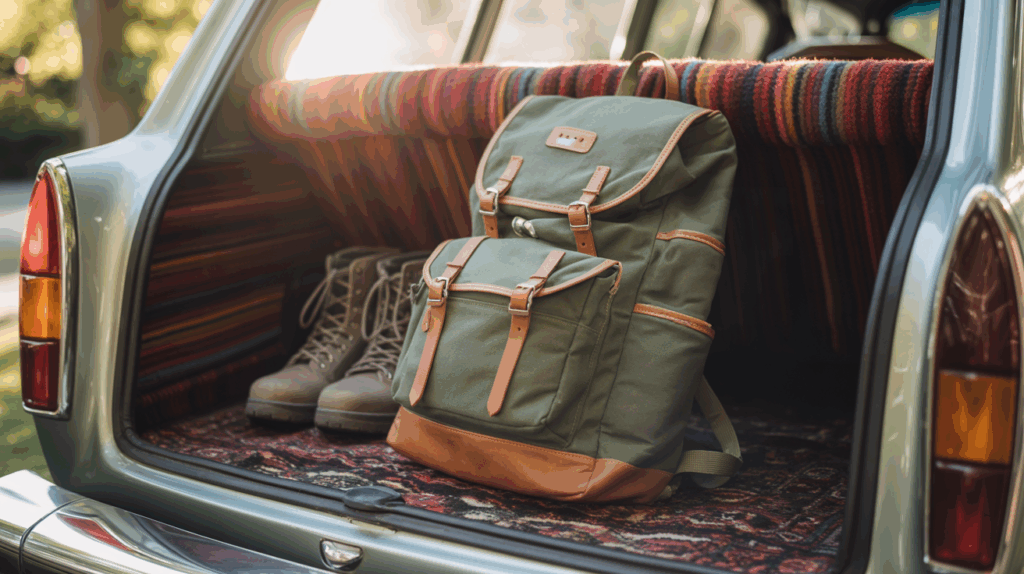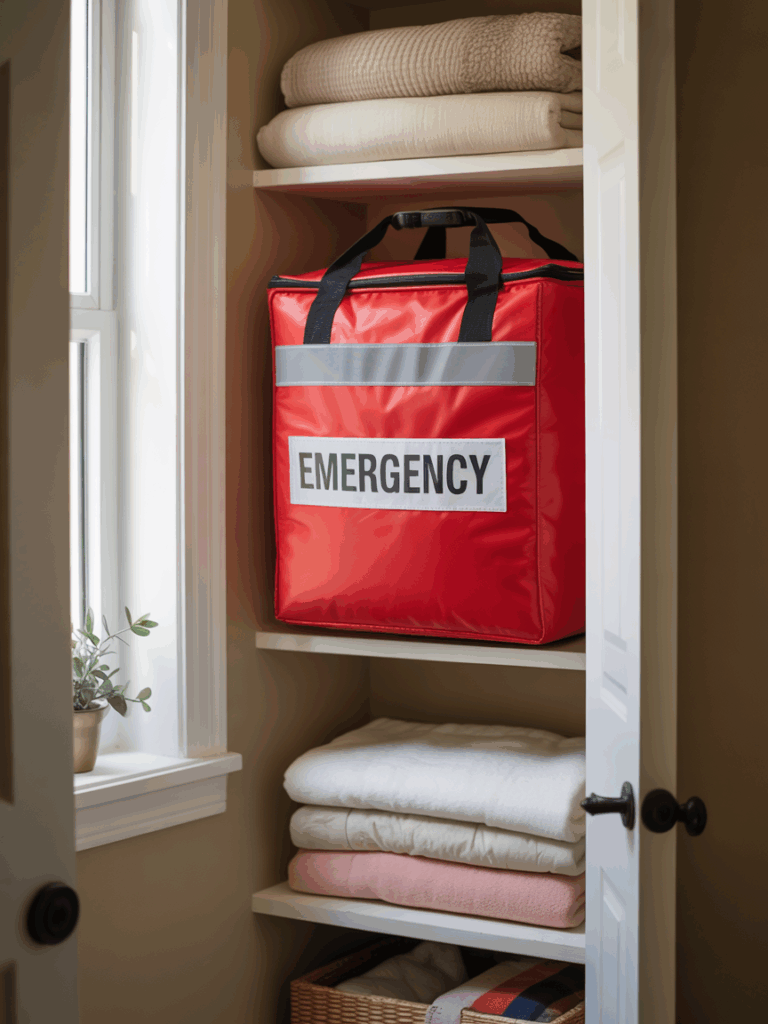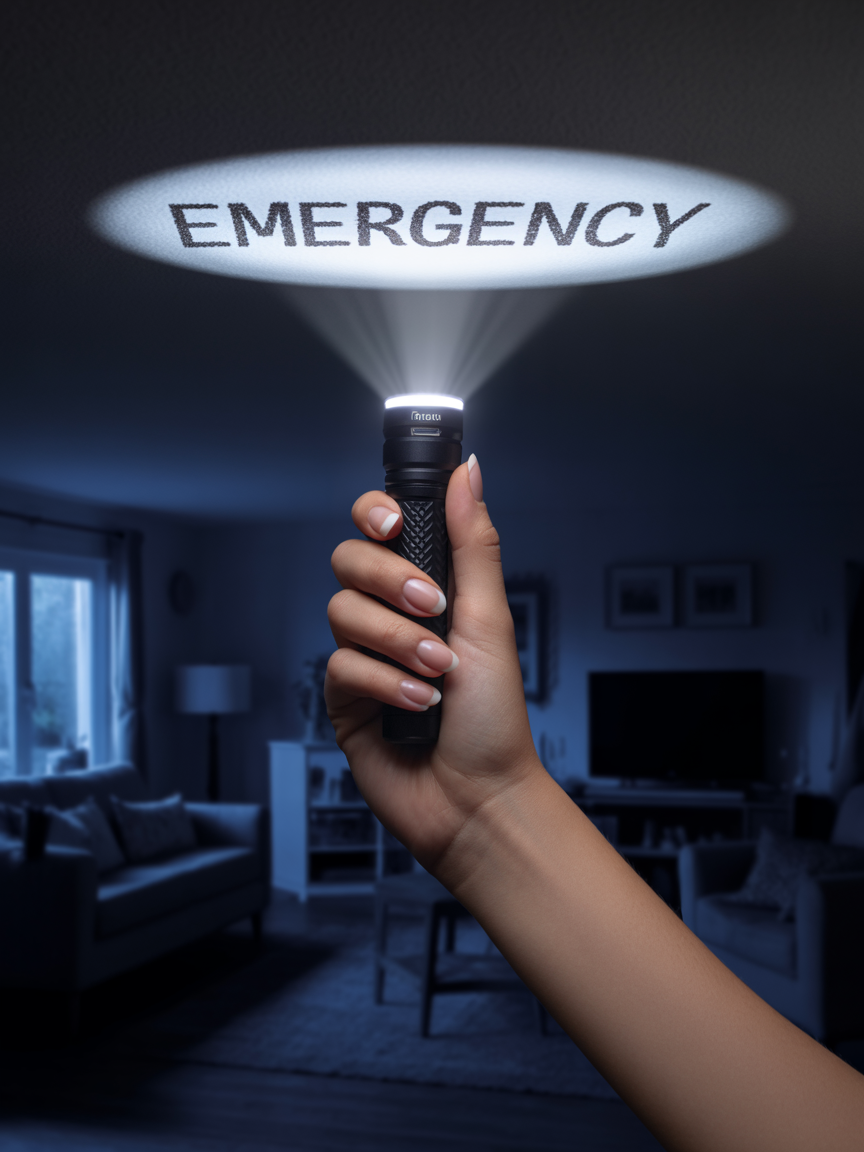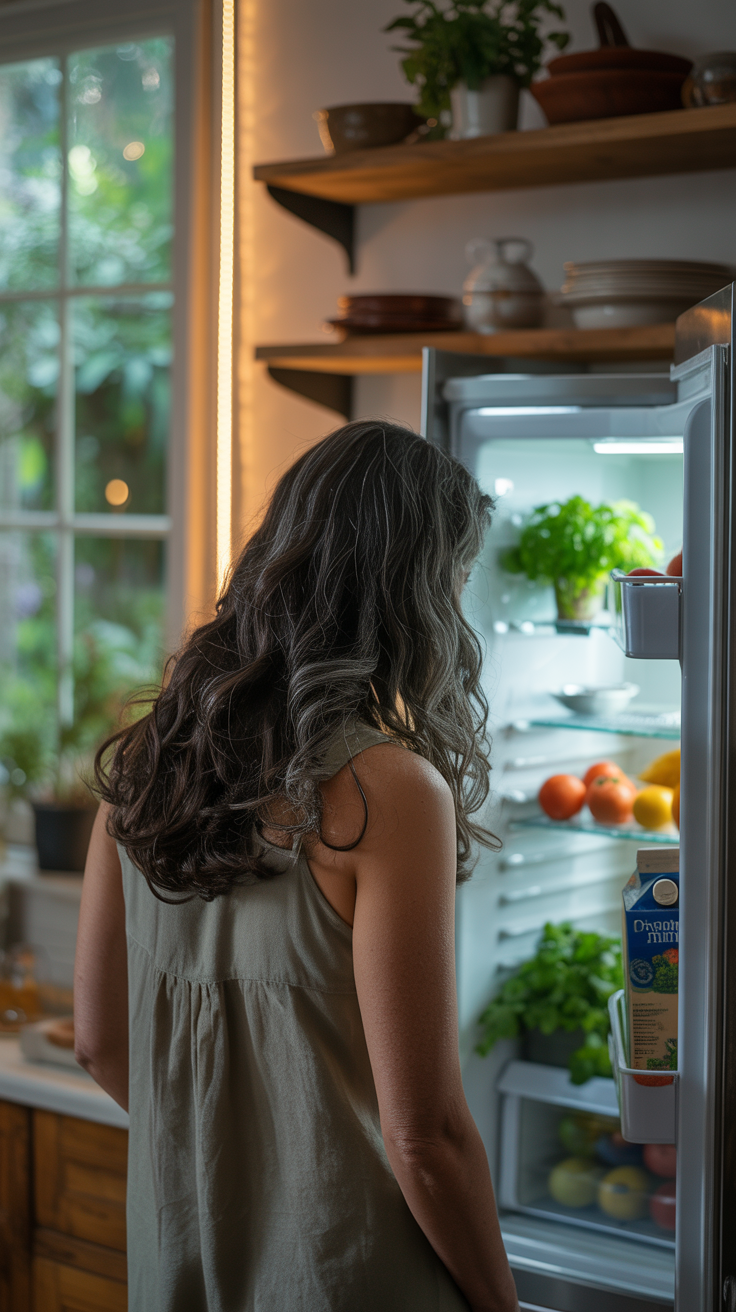When we think of wellness for women, we often picture nourishing meals, daily movement, restful sleep, and calming rituals.
But one essential part of wellness that’s often overlooked is safety and preparedness. Feeling safe, secure, and capable in unexpected situations supports mental health, reduces stress, and builds confidence.

I’ll never forget one evening when I was driving home from work and a sudden thunderstorm rolled through. Roads were flooded, traffic lights were out, and what should have been a 20-minute drive turned into three stressful hours of navigating detours in the dark. My phone battery was dying, and I had no snacks or water in the car. It wasn’t a life-or-death emergency, but I remember thinking: What if this storm had been worse? What if I had been stranded overnight?
That moment planted a seed: being prepared isn’t about living in fear—it’s about removing unnecessary stress and knowing I can handle the unexpected. That’s where a Go Bag and a Get-Home Bag come in.
🌟 What’s the Difference Between a Go Bag and a Get-Home Bag?
- Go Bag (72-Hour Bag):
Designed to support you for up to three days, if you need to evacuate your home quickly. It contains essentials like food, water, first-aid supplies, clothing, and important documents. Think of it as your grab-and-go lifeline in case of larger emergencies. - Get-Home Bag (Car/Work Bag):
A smaller kit you keep in your car or workplace. Meant to help you safely make your way home if unexpected circumstances arise. Such as a breakdown, natural disaster, or being stuck away from home overnight. It focuses on short-term survival and mobility.
Both bags serve different purposes, but together they provide peace of mind that you’ll be equipped . Whether you need to leave home fast or make it back safely.

👜 What to Pack in a Go Bag
Here’s a list of essentials and why each one matters:
- Backpack or duffle bag – Durable, waterproof, and easy to carry.
- Water (3 liters per person per day) – Hydration is non-negotiable; consider water purification tablets too.
- Non-perishable food (72 hours’ worth) – Energy bars, trail mix, freeze-dried meals.
- First aid kit – Include bandages, antiseptic, medications, and feminine hygiene products.
- Multi-tool or Swiss Army knife – Compact but versatile for repairs and cooking.
- Portable phone charger (solar or power bank) – Keeps you connected.
- Flashlight + extra batteries – Essential for navigating in the dark.
- Clothing & sturdy shoes – Pack comfortable, weather-appropriate items.
- Emergency blanket or sleeping bag – Lightweight but life-saving warmth.
- Important documents (copies) – IDs, insurance papers, emergency contacts sealed in a waterproof pouch.
- Cash (small bills) – ATMs may be unavailable during crises.
- Personal safety items – Pepper spray, whistle, or other self-defense tools.
🎒 What to Pack in a Get-Home Bag
This bag is lighter, designed to be carried on foot if needed:
- Small backpack – Easy to grab from your car or office.
- Water bottle + filter straw (LifeStraw) – Stay hydrated on the go.
- High-energy snacks – Protein bars, nuts, jerky.
- Compact first-aid kit – Focus on immediate needs: band-aids, wipes, pain relievers.
- Portable flashlight/headlamp – Hands-free options are best.
- Map + compass – GPS may fail, so old-school navigation is wise.
- Weather protection – Poncho, hat, gloves, space blanket.
- Comfortable walking shoes – Keep a pair in the bag if you wear heels or dress shoes daily.
- Basic hygiene supplies – Tissues, hand sanitizer, feminine care items.
- Emergency whistle – Small, but crucial for signaling help.

🚗 Where to Keep Your Bags
- Go Bag:
- Store in an easily accessible spot in your home, like a hall closet or near the door.
- If you have multiple floors, consider one bag upstairs and one downstairs.
- Keep smaller kits in bedrooms so everyone has access.
- Get-Home Bag:
- The best spot is in your car trunk, tucked into a bin or backpack.
- If you commute on public transport, keep one in your workplace locker or desk.
- Rotate snacks and water seasonally to keep things fresh.
🛒 Quick Links: Build Your Own Emergency Bags
Here are reliable options to get started (all available on Amazon):
This post contains affiliate links. I may earn a commission at no extra cost to you.
🌿 Final Thoughts: Preparedness is Empowerment
Emergency preparedness isn’t about living in fear—it’s about living with confidence and resilience. Just like eating well and exercising, having a go bag or get-home bag is simply another way to care for yourself and your loved ones.
For women, especially in midlife when caring for families, aging parents, or even ourselves can feel overwhelming. Knowing you’re prepared brings peace of mind.
Think of it this way: wellness is about thriving in every season of life—body, mind, spirit, and yes, safety too.







